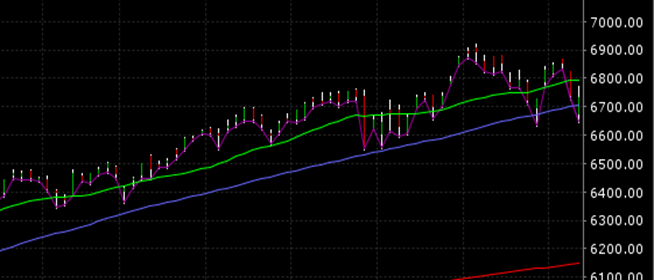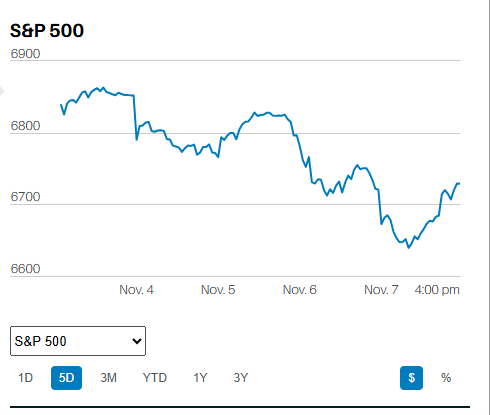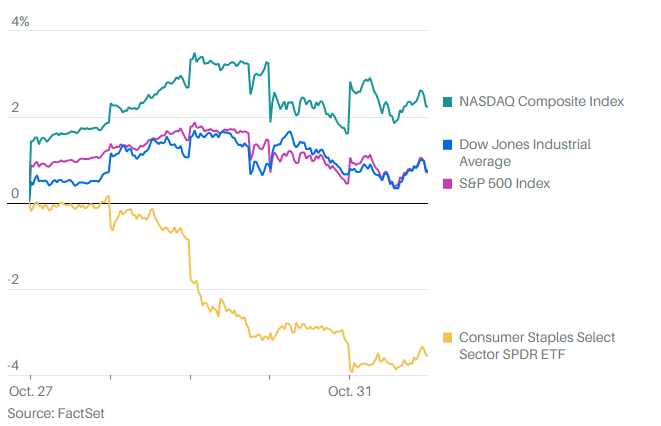SAVE ENOUGH, KEEP COSTS LOW, AND STAY DIVERSIFIED
The big three of successful retirement planning are surprisingly difficult to accomplish judging by the current condition of many individual investors.
We don’t save enough as a country. Individuals aren’t saving anywhere near enough for a comfortable retirement. An individual has to save 15-20% of their income throughout a working career if they hope to maintain their lifestyle in retirement, assuming normal rates of investing returns. The average deferral into a 401(k) is between 3% and 6% of income, according to the 401k Help Center: nowhere near enough. What makes the whole lack of savings even more puzzling is the ubiquity of financial planning software now available to help map out a detailed retirement plan – a road map to successful retirement.
Nor are we particularly adept at keeping our investment costs low. The typical fee-based advisor is costing you between 2% and 3% annually, once you include the fee, commissions, and the costs of the actual investments. A fee-only advisor can normally save you at least 1% annually (often equal to thousands of dollars annually), but many individuals don’t seem to understand which type of advisor they have. They spend those thousands of extra dollars every single year rather than moving to a low cost, fee-only advisor. Importantly, one-percent saved is exactly the same as one-percent earned. Furthermore, money that stays invested, instead of going toward expenses, earns a return as well. Ultimately, investors who maintain low-cost portfolios and work with low-cost advisors end up with tens of thousands more, even hundreds of thousands more, in retirement.
Diversification is perhaps the hardest concept to fully appreciate. After all, telling someone they need to save enough money is to tell them the obvious. Helping them save enough is the real challenge. Likewise, pointing out to an investor that they will earn more and have more money for retirement if they reduce their expenses is also fairly straightforward – although accomplishing the goal much less so, given the financial service industry’s tendency to hide costs. The importance of diversification, however, takes a little explaining.
Diversification is often called the only “free lunch” in investing. Firm specific risks can be diversified away in a stock portfolio, leading to higher risk-adjusted portfolio returns (the free lunch). Investors who earn 10% annually, but with twice the volatility (risk) in their portfolio are underperforming the investor who earns 8% with only half the volatility. Why? Because the investor earning 8% could earn 16%, simply by adding sufficient leverage to double the volatility, while also doubling the return - a full 6% better than Mr. I-earned-10% at the same risk level. It’s not just return, but risk-adjusted return that matters. That’s where diversification comes in because diversification allows one to earn the same return with less risk or earn more return with the same amount of risk (the free lunch again).
Diversification works, not just with stocks, but with asset classes and even entire countries. Investors can earn higher risk adjusted returns by adding bonds, commodities, real estate and international assets to their portfolios. The key to understanding diversification is to understand that different asset classes and geographic regions perform differently during any given time period. It’s the differing returns, resulting primarily from differing economic performances, which provide the free lunch of higher risk-adjusted returns.
One need only look at two recent periods to see the benefits of diversification. The first is the five-year period between 2003 and 2007, during which international developed and emerging stock markets far outperformed U.S. stock markets. The second is the ten-year period from 2008 through 2017 during which U.S. markets substantially outperformed international developed and emerging markets. Importantly, U.S. markets are now significantly more highly valued than international developed and emerging markets. It is highly likely that international developed and emerging markets are set to outperform U.S. markets in the coming years.
Save enough, keep expenses low, and stay diversified – three keys to achieving a successful retirement. Staying diversified requires owning more than just U.S. stocks. It means also owning International developed and emerging market stocks as well as real estate, commodities and bonds. Importantly, getting the mix right will not only allow you to benefit from diversification, but increase your chances of experiencing a successful retirement.












